The Story of Chocolate: (Un)known Facts for History Nerds and Chocolate Lovers
From a treasured resource in an ancient empire to a beloved treat around the world. All you need to know about chocolate.
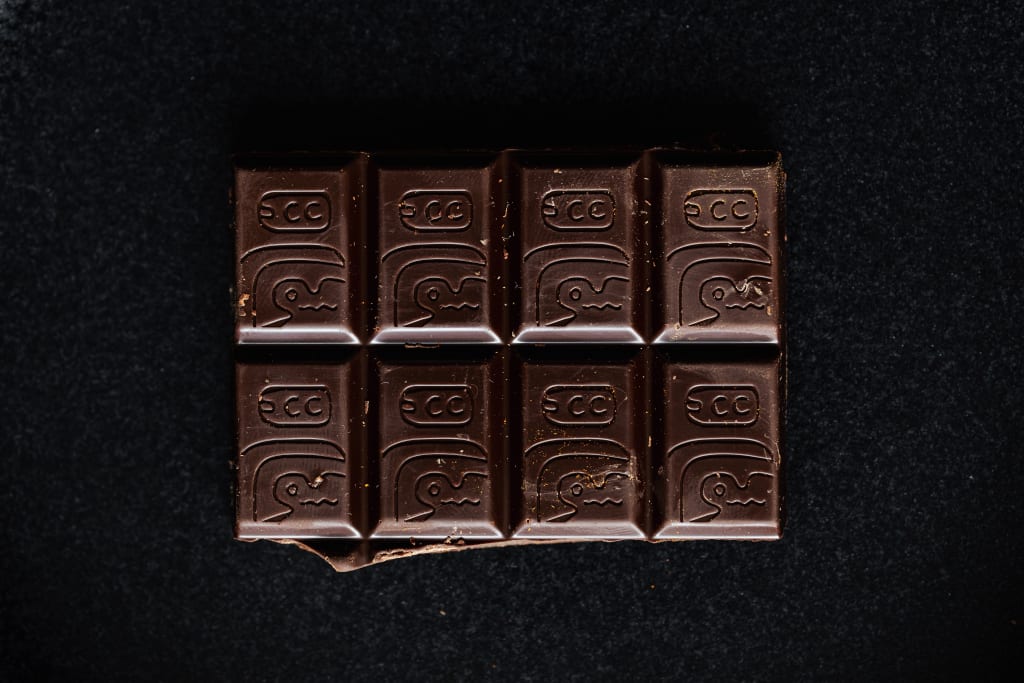
Every once in a while, it's nice to dig into our own knowledge and think about the rare and fascinating facts that we know... to share them with others, of course!
Today, I thought about writing some curious facts about one of the things that I love, know and enjoy the most: CHOCOLATE.
I'm a baker (you can find my recipes on Instagram) and a proud #chocolatelover, so chocolate is a big part of my life! Also, I grew up in Mexico, where the history of chocolate is closely linked with national culture and history. To be honest, though, I did have to brush up on my chocolate facts (and nerd out about them a bit) before writing this article!
For all the chocolate lovers out there: here are some fascinating facts about chocolate and its journey into becoming the mouth-watering, silky goodness that we love today!
The Origins of Chocolate
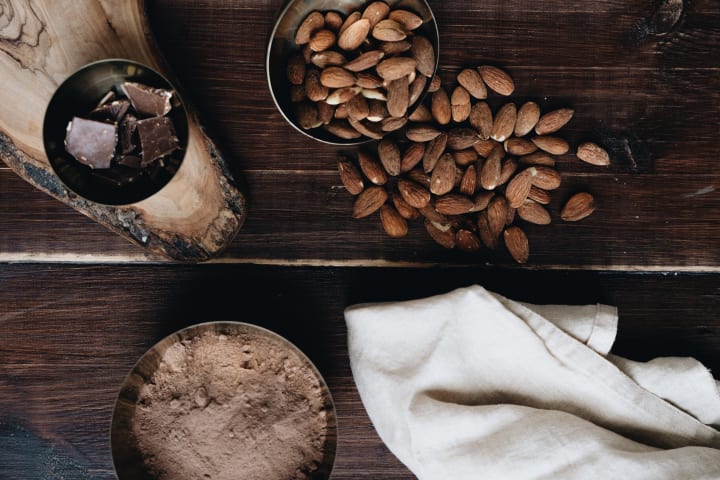
Unknown fact: The secret of chocolate may have been passed from the Mayans to the Aztecs.
Chocolate comes from cacao (a.k.a. cocoa), which is native to several parts of ancient Mesoamerica (what is now Mexico and parts of Central and South America). The strongest link to the origins of chocolate is with the Ancient Aztec Empire (in present-day Mexico). However, historians believe that even before the Aztec Empire, more than 2,500 years ago, the Mayans were already cultivating cacao, which eventually made its way to the Aztecs.
Unknown fact: Originally, chocolate was consumed as a drink, and it was bitter.
In the ancient Aztec Empire, chocolate was ingested as a dark, thick, aromatic beverage, treasured by the community and often used for ceremonial purposes. The drink was sacred, and it was valued for its energy-enhancing, nutritious and potentially "aphrodisiac" properties.
Noble Aztecs sometimes added wild honey and other native spices, like vanilla or chilli, to the drink. Non-noble Aztecs added mashed corn to make it more wholesome. The second variant still exists in Mexico as a special beverage called "atole", which is recognized for its nourishing properties (especially, for example, for children and lactating mothers). Atole is still enjoyed by Mexican families during special occasions.
Unknown fact: Cacao beans were so valuable that they were also used as currency.
Because cacao beans were a very valued commodity in the ancient world, they were used as currency for trade. Even toward the end of the Aztec Empire, Emperor Moctezuma received part of his tributes in cacao seeds. This tradition was so ingrained in Aztec society that it continued even years after the Spanish Conquest of Mexico. In fact, some historians believe that the conqueror, Hernán Cortés, himself paid his soldiers with cacao seeds.
During those years, chocolate was appreciated not only for its taste but also for its energy-enhancing and nutritious properties. In a letter, Cortés explained to King Charles V of Spain that "a single cup of the indigenous beverage was enough to sustain the strength a soldier for a whole day of walking" (similar to what coffee does today, right?).
The Mythology of Chocolate

Unknown fact: The original name for chocolate is "xocolātl" in Náhuatl and it means "bitter water".
In Náhuatl, the main language of the Aztec Empire (which is still spoken in some regions of Mexico), the word for chocolate was "xocolātl" (pronounced: tsho-koh-lah-t). When the Spanish conquered the Aztecs, they heard the word and made sense of it as "chocolate" (pronounced: choh-koh-lah-teh). This explains the phonetical root of the word and its sound today.
Linguists believe that the word "xocolātl" is a combination of the Náhuatl words "xococ" (meaning sour or bitter) and "atl" (meaning water or drink). The meaning is related to the fact that Aztecs drank the chocolate as a thick and bitter drink, with no sugar or milk added originally. It was a rich and invigorating tonic.
Unknown fact: Chocolate was a sacred good for the Aztecs because they believed it was a gift from the gods.
For the inhabitants of the ancient empire, chocolate was considered "the food of the gods". In Aztec folklore, the god Quetzalcoátl (pronounced: keh-tzal-coh-atl), known as the "Feathered Snake", was believed to be the creator of the world and humanity. According to the legend, Quetzalcoátl loved his people so much that he decided to give them a plant (the cacao tree), which he had stolen from the gods, and from which they obtained a drink that was worthy only of them (chocolate).
Based on the beliefs of the Mayans and Aztecs, natural scientist Carl Linnaeus gave the cacao tree its scientific name: 'Theobroma cacao', which actually means "food of the gods" in Latin.
Chocolate in Europe and the World
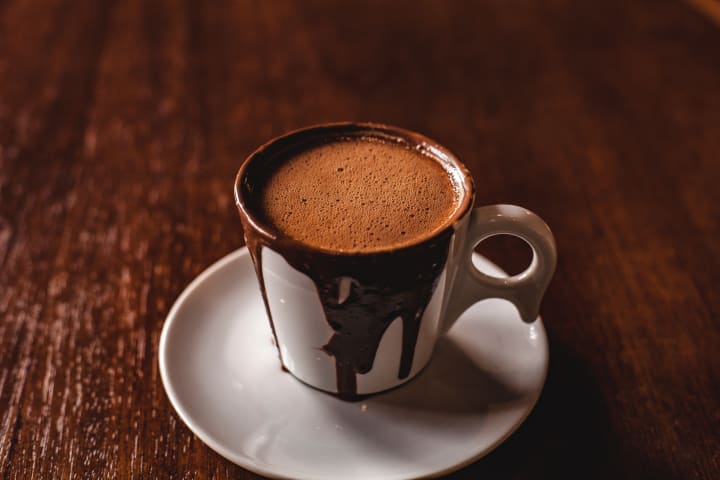
Unknown fact: Spanish conquerors were the first to take chocolate to Europe, and monks were the first to receive it.
After forcefully conquering the Aztec Empire in the 1500s, Hernán Cortés took cacao beans and chocolate-making instruments from "The New World" to Spain. Spanish monks were trusted to process the cacao and turn it into chocolate. During that process, they added sugar, spices and other ingredients to the mix to make the drink more enjoyable.
Chocolate became very popular. However, the Spanish held the secret for chocolate production from the rest of Europe and the Americas for years. Eventually, chocolate production spread throughout the world.
Additional fact: With the expansion of chocolate, cacao also became known as "cocoa" in English speaking countries. But, both words mean the same.
Unknown fact: The first "chocolate bar" was made in England, and milk chocolate bars were perfected in Switzerland.
After the industrial revolution, a British company called "Fry's of Bristol" introduced the first solid chocolate bar in 1847. It was made by combining melted cocoa butter with sugar and cocoa powder. Two years later, John Cadbury introduced his brand of chocolate bars, which we still eat today!
In 1875, Swiss chocolatiers experimented with chocolate by adding condensed milk mixed with cacao liquor. That was the first time that the world tasted milk chocolate. Because of this, Swiss chocolatiers are still recognized worldwide.
Additional fact: By the 1900s, chocolate was so popular that the US government even made chocolate bars part of the rations for soldiers during World War I and II.
Unknown fact: Actually, about 70% of cacao beans used for chocolate come from Africa (in not so ethical conditions).
Although cacao was first cultivated in Central and South America, today, almost 70% of the world's cocoa beans come from four West African countries: Ghana, Nigeria, Ivory Coast and Cameroon.
Although it's a good thing that chocolate has become beloved worldwide, chocolate production has an ethical perspective. The chocolate industry is worth around 140 billion USD. But, while chocolate production is a lucrative business for the industry, it's not the same for cacao farmers.
As chocolate lovers, we can avoid supporting unfair labour practices from the chocolate industry by buying from fair trade, local and eco-responsible brands.
Making Quality Chocolate
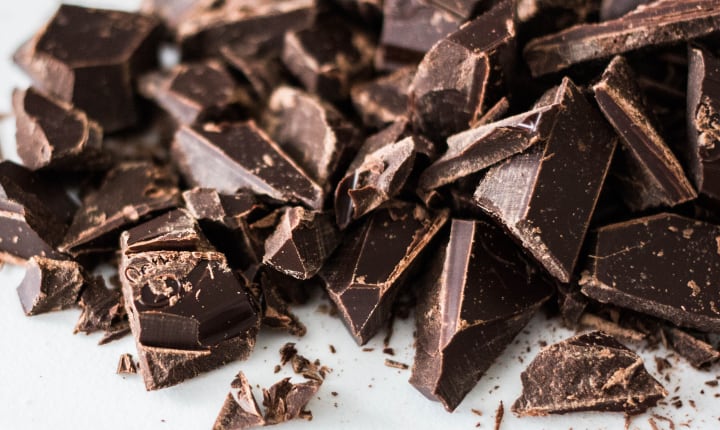
Unknown fact: There are several types and species of cacao used to make chocolate.
There are more than 20 species and 10 types of cacao. But, there are three main typologies:
- Forastero: A small, long type of seed, it usually gives a classic chocolate taste, but it lacks more aromatic and complex flavors.
- Criollo: This type usually results in very good quality chocolate. Sweet, with aromatic, fruity and robust notes. However, it's not as popular in the market because the crop is very vulnerable to disease.
- Trinitario: It's the more resistant and reliable of the three and a mix of the other two. Like Criollo, it has more complex aromas and makes good quality chocolate. It's the cheapest to produce, so it's the most used for mass-produced chocolate (about 75% of world production).
The type and percentage of pure cacao are strong indicators of chocolate quality. But, the process of chocolate-making is equally important! Each step: harvesting, fermenting, drying, storing, processing and mixing, has a big impact on the final result.
Unknown fact: Your senses can help you detect the quality of chocolate.
Not all chocolate is made the same. To save money, companies sometimes use ingredients that don't come from cacao (for example, palm oil instead of cocoa butter). Those products usually have less taste and quality when compared to more authentic chocolate.
According to chocolate experts (on top of labels and the cacao percentage), the best way to identify chocolate quality is through our senses:
- Smell: An intense smell is a good sign of quality. Some top chefs and confectioners state that "the stronger, the better". But, the aroma must be rich and filling, without smelling burned. Some chocolate can have nutty, fruity, floral and robust notes when you smell it.
- Eye: Quality chocolate will look silky at first glance, without white spots or uneven coloring. Discoloration is a sign that the chocolate was processed at high temperatures, making the fat and sugar separate from the cacao.
- Hearing: To test for quality, the sound of chocolate breaking should be a crisp "snap". If there is little to no sound, it may be a sign of lower quality due to a high amount of fat and emulsifiers.
- Touch: Chocolate should slowly melt to the touch with body temperature. High amounts of milk, sugar and emulsifiers will melt slower due to different melting points than cacao. That's why natural dark chocolate melts the fastest! (Note: if milk chocolate melts too quickly, it can also mean that it has high amounts of cheaper vegetable oils, like palm oil).
- Taste: Of course, we can identify quality chocolate by tasting it! Probably, most of us have already experienced this. Quality chocolate should taste silky and rich, without being overly sweet. Extra tip: pay attention to the after taste!
Chocolate as We Know It

Unknown fact: Today, mass-produced milk chocolate has only about 10% of pure cacao.
Original chocolate was focused on the bitter and rich taste of cacao, but as chocolate became more industrialized we got the products we know today. Now, most chocolate is made with some degree of powdered milk and dairy products, sugar (usually lots of it), vegetable oils and other ingredients. The cacao percentage can be a good indicator of sweetness, intensity and quality.
Today, the cacao percentage for most kinds of marketed chocolate is more or less the following:
- Dark chocolate (Bitter): Between 80% and 100% cacao
- Dark milk chocolate (Bittersweet): Between 55% and 80% cacao
- Artisanal milk chocolate (Semisweet/Sweet): Between 35% and 65% cacao
- Commercial milk chocolate (Very Sweet/Sweet): Between 10% and 30% cacao
- White chocolate (Very Sweet): 0% to 10% cacao (made only with cacao butter)
Unknown fact: Dark chocolate has several health benefits, according to science.
The health-related and energy-boosting benefits of cacao have been found and praised through the ages. Then, it's not surprising that dark chocolate (with a high percentage of cacao) is considered a superfood.
Cacao is scientifically proven to contain flavonoids, which are antioxidants that have anti-inflammatory, heart-protecting, mood-lifting and cognitive-boosting properties. That explains why so many food and wellness trends advocate that regularly eating small amounts of dark chocolate can be positive for health (and why even some beauty spas market chocolate treatments for skin health).
Ending on a Sweet Note
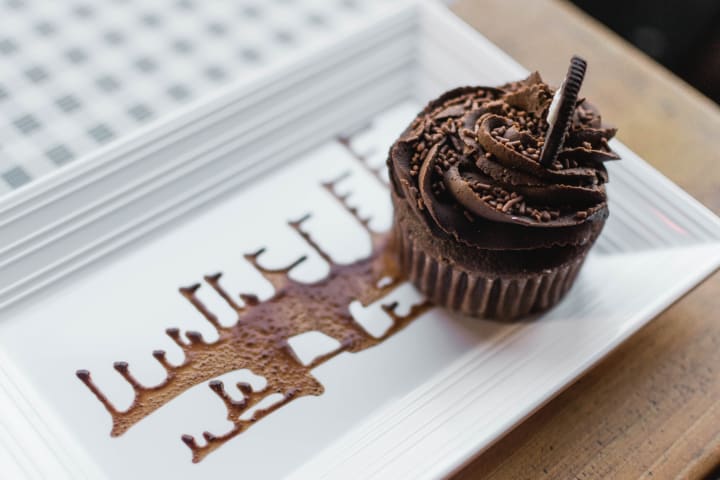
In all its forms, chocolate has the power to bring comfort and happiness into our lives!
Being a chocolate lover, it's not hard to imagine why the people of the ancient world considered it as "a food worthy of gods", and to understand how it became the universal food we know and love today!
Knowing its history and making process, we can value chocolate even more! We can eat it in moderation and think about the ethics of its production. And we can celebrate that we have chocolate at the reach of our hand anytime, anywhere!
I hope you enjoyed these (un)known facts and the journey through the world of chocolate 🍫. Now, I have to run to make myself a cup of hot chocolate or bake some fudge brownies with tons of cocoa!
If you liked this article please click on the ♥️ button below. Tips of all sizes are greatly appreciated! Thank you for stopping by.
Cheers, Marina
About the Creator
Marina Fortuño
I'm a work in progress! I love writing for fun (mainly short stories, informative bits and heartfelt pieces to make people happy).
This is my personal writing page.
Find me:
TW: @marina_writing



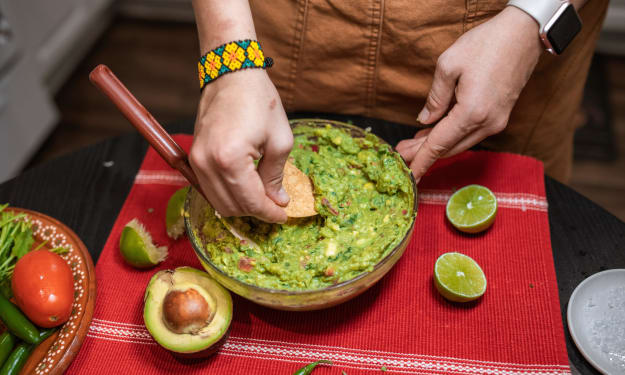
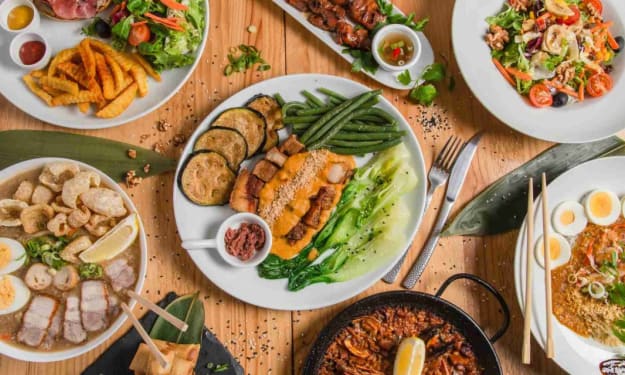


Comments
There are no comments for this story
Be the first to respond and start the conversation.